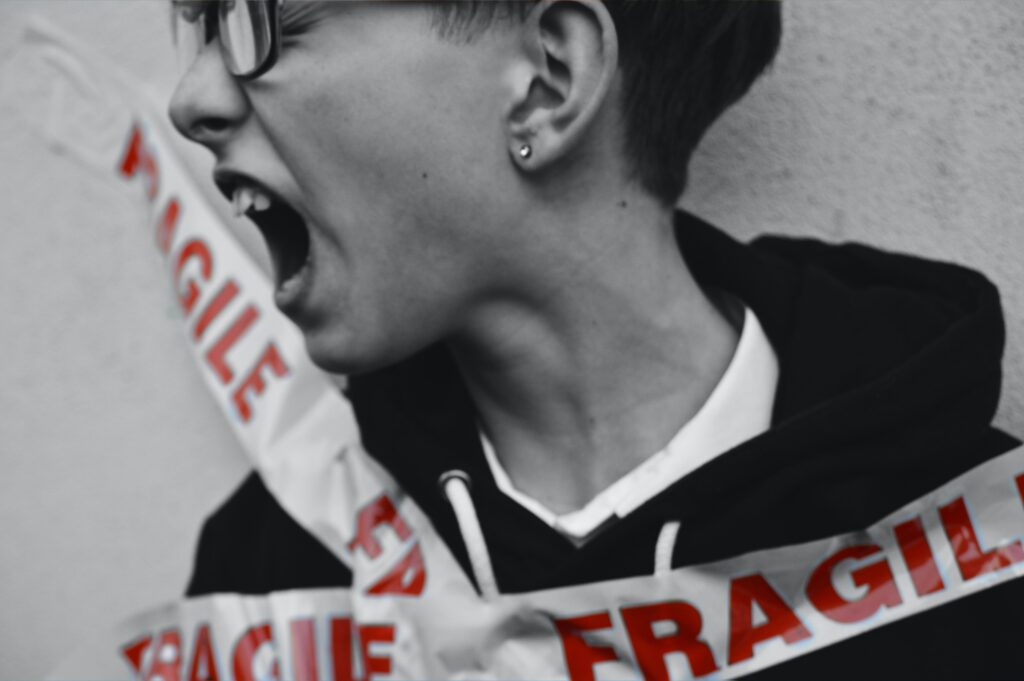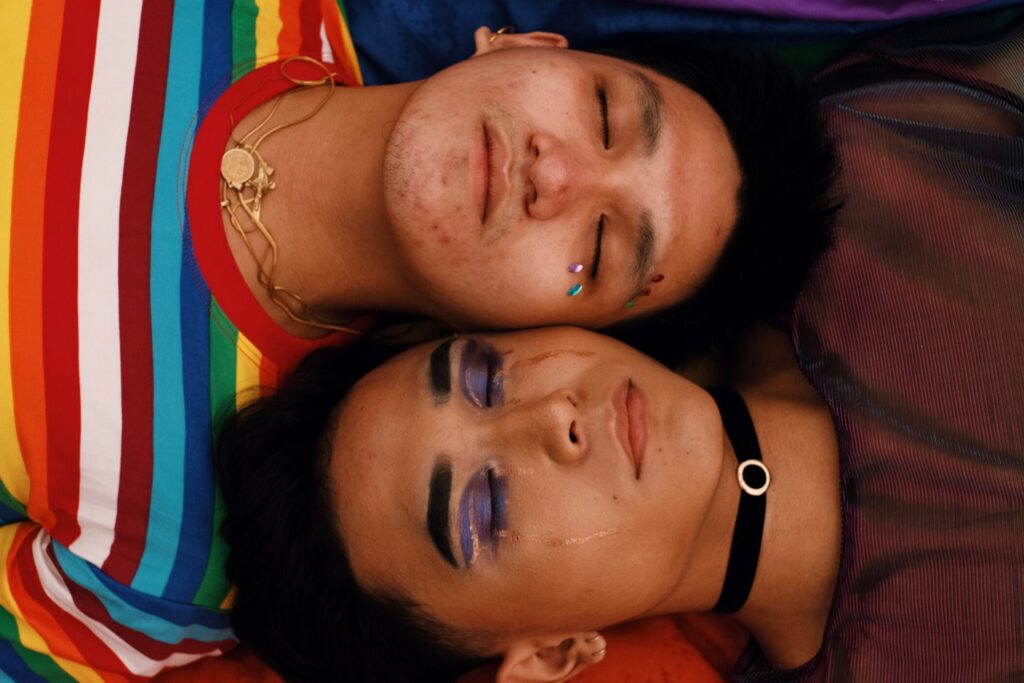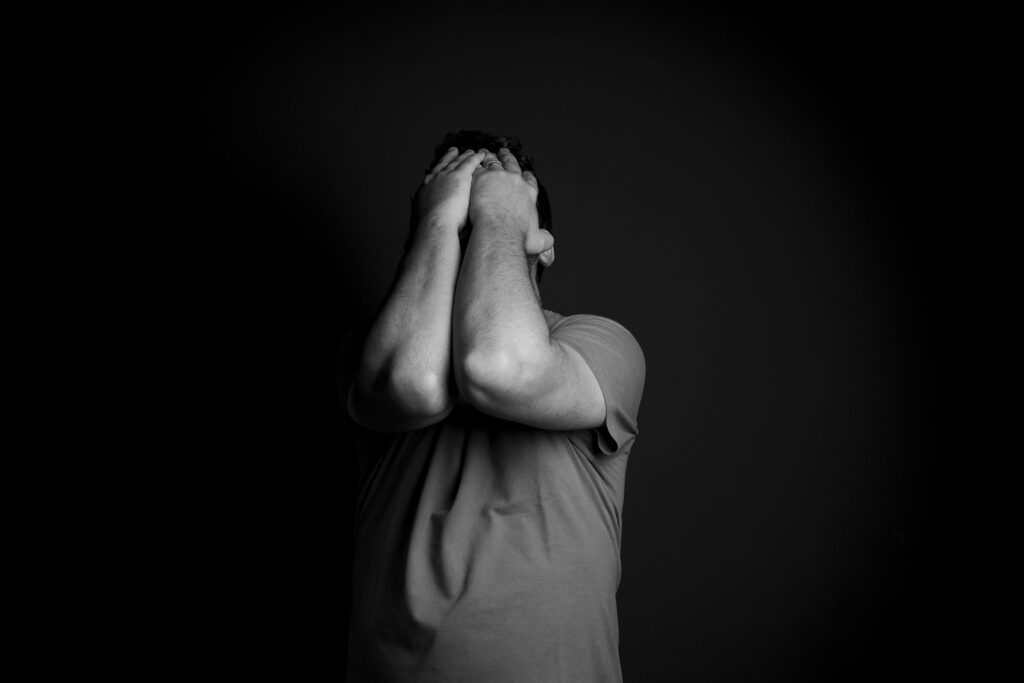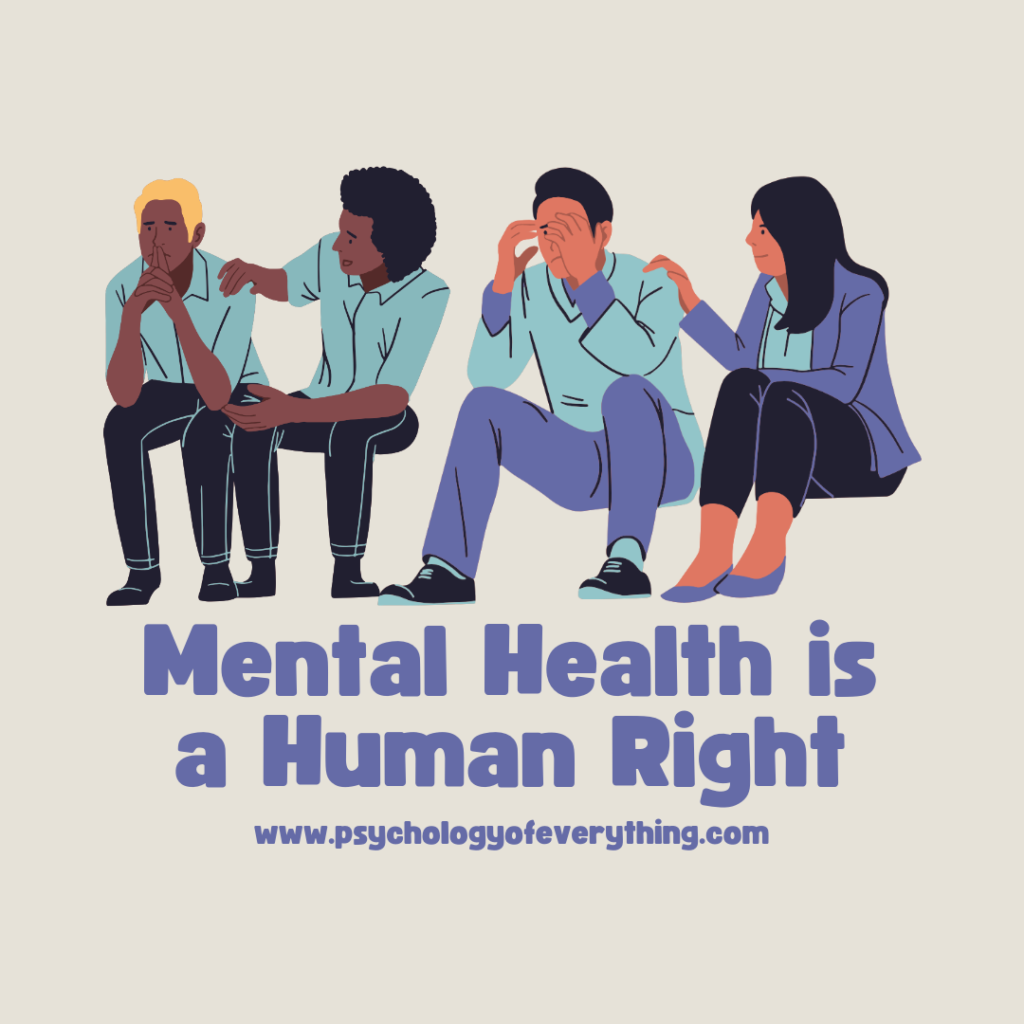Unmasking the Impact of Cyberbullying on Queer Community

In a world increasingly connected by the digital threads of social media, queer individuals find themselves confronting a rising tide of cyberbullying intertwined with the pervasive issue of queerphobia. The recent death of Pranshu, a 16 year old queer makeup artist due to online bullying is a testament to this fact.
Cyberbullying
Cyberbullying is not a recent phenomenon but has become increasingly prevalent in today’s time due to the sheer magnitude of social media usage and our increasing dependence on it. Once relegated to the realm of anonymous trolls leaving hurtful comments, cyberbullying has evolved into a more targeted and strategic form of harassment. There has been uproar about the recent case of a famous actress whose face was morphed into a sexually suggestive image using Artificial Intelligence (AI). This has been referred to as a “deep fake”.
AI has furthered the concerns around cyberbullying and harassment. The internet’s cloak of anonymity serves as both a boon and a bane. While it allows marginalized voices to be heard without fear of immediate reprisal, it also emboldens perpetrators to engage in cyberbullying without accountability.
Addressing this challenge requires a delicate balance between safeguarding freedom of expression and ensuring that the online environment is not a breeding ground for hate. American psychologist Dr John Suler has called this the “online disinhibition effect”, explaining anonymity, a lack of concern about the consequences, and easy access to victims pushes individuals to engage in antisocial behaviours online.
Consequences of Cyberbullying
The repercussions of cyberbullying extend far beyond the digital space, infiltrating the daily lives and mental well-being of its victims. Constant exposure to demeaning content can lead to a heightened sense of vulnerability, anxiety, and depression among queer individuals. The fear of public exposure or the real-world consequences of digital attacks can create a pervasive sense of insecurity, fostering an atmosphere of perpetual vigilance. An Indian study highlighted that young adults who faced online bullying were twice as likely to experience depressive symptoms compared to those who hadn’t faced it1.

Cyberbullying takes a heavy toll on the mental, emotional, and social well-being of LGBTQ+ individuals, leaving a trail of devastating consequences in its wake. Beyond the immediate anguish caused by hurtful comments, targeted harassment, or the public exposure of personal information, the persistent nature of online attacks can lead to profound and lasting psychological trauma. Anxiety, depression, and feelings of isolation become pervasive, eroding the individual’s self-esteem and sense of belonging. The impact extends beyond the individual, influencing the broader community and fostering fear and apprehension. Queerphobia in cyberspace often intersects with other forms of discrimination, compounding the challenges faced by individuals who belong to multiple marginalized groups. This intersectionality underscores the importance of understanding the unique struggles faced by queer people of colour, those with disabilities, or individuals from different socioeconomic backgrounds within the digital landscape.
The Intersection of Queerphobia and Cyberbullying

The young queer makeup artist Pranshu’s death by suicide uncovers the larger issue of queer acceptance (or lack thereof) in our society. Queer individuals often find themselves subjected to coordinated attacks involving hate speech, doxxing (publishing private information online), and the manipulation of images or videos with the intent to humiliate. The ease with which such information spreads in the interconnected digital world only amplifies the impact of these assaults. Such incidents highlight how social media, which has been seen as a safe space for self-expression among the LGBTQ community, doesn’t feel so safe anymore.
Social isolation, coupled with harassment, proves fatalistic in such cases, leading to the individual taking drastic measures to cope with the same.
Building Digital Resilience
Tackling cyberbullying requires a concerted effort to dismantle its roots, fostering online spaces that champion inclusivity, empathy, and respect for the diverse identities that make up the LGBTQ+ community. Empowering individuals with the tools to navigate online spaces safely, fostering a culture of solidarity and support, and challenging the systemic issues that allow cyber bullying to persist are crucial steps toward dismantling the web of queerphobia. In unravelling the complexities of cyberbullying, it becomes evident that combating this pervasive issue requires a multifaceted approach—one that combines technological interventions, policy changes, and a societal shift towards empathy and understanding.
The recent ruling by the government of India to penalise those who create deep fakes has been a positive step in this direction. Only through collective effort can we hope to create a digital landscape where every individual, regardless of their sexual orientation or gender identity, can navigate with dignity and security.
References
Maurya, C., Muhammad, T., Dhillon, P. et al. The effects of cyberbullying victimization on depression and suicidal ideation among adolescents and young adults: a three year cohort study from India. BMC Psychiatry 22, 599 (2022). https://doi.org/10.1186/s12888-022-04238-x





Responses